
There we were one evening last week well-fed with drams encouraging loquacity among our most reticent. As always the atmosphere at the New England Pipe and Drum Academy was warm and friendly. The conversation turned to ceol mor. The first question, how best to describe this music – what name should we use. In Gaelic ‘ceol mor’, great music, was more accurate, ‘piobaireachd’ simply translating as ‘piping’.
This was fine at a time when all pipe music was ceol mor, if you follow me, but nowadays could be confusing to someone well schooled or brought up in the old tongue.
I explained how use of the word ‘piobaireachd’ indicated that the instrument was inextricably bound up with the music itself. Like intelligence and common sense, there’s was a symbiotic relationship, the one could not exist without the other.
I also explained that I disagreed with Willie Ross’s alleged statement that if you thought too much about piobaireachd it would drive you mad. Quite the opposite I contended. This was simple music which only required an understanding of the medium on which it was performed, its tonal shifts, its rhythms and its structure, to be appreciated. All could, to varying degrees, be taught to, and accessed by, any piper who showed a modicum of interest. What drove you ‘mad’ was a failure to seek out this knowledge.
[wds id=”6″]
Of course to play it really well was a different matter. It took years of study and application – and an ability to wind, control and set the bagpipe – before it could be delivered satisfactorily to the tutored ear. Having said that, it was technically much easier to play than any competition MSR. Just look at the piobaireachd champions who have/had scant ceol beag success for evidence of that.
The finger dexterity required for one was half that for the other. Learn a crunluath and the top hand movements well and you were ready to go at least in the fingerwork department. (As an aside I pointed out how well these throws and motifs were explained in Jimmy McIntosh’s book and in my own Bagpipe Tutor 3 – which we just so happened to be working from.)
That said, sometimes a slowness of finger could actually assist the delivery of pleasing ceol mor. Rather than being clipped to extinction, with slower, softer hands movements were allowed to breathe and their true embellishing beauty thus came forth. So here was encouragement for all the adult learners on the course. They may not be able to get through Mrs John MacColl without a phoney double E from F or multiple crossing noises, but the Wee Spree could transform their enjoyment of their chosen instrument.
Just get those dres and edres cooking and we were ready to rock and roll. A quick addition of some Eezidrone reeds saw many of the pipes transformed; a bit of tape here and there on the chanter and suddenly we had an instrument on which we could do justice – well nearly – to the great music.
The piobaireachd player had other physical, synaptic connections that had to be made however. He/she had to play from head to heart to fingers NOT head to feet to fingers as the ceol beag player was bound to do. Both had to learn to sing their tunes right enough, but in the absence of strict brogue or drum driven tempo, the first would fall without the innate guidance of rhythm and tempo gained through singing.
Listen to the Masters of Piobaireachd series and absorb just that I said, the message in the tunes from ages past. Not some contrived notion of how the music should go (are you listening you revisionists) but the authentic voice of the carrying ceol mor stream – music handed down over the generations and available now to calm us all in this mad, frantic, cyberstruck world.
After that little pep talk I’d never had a busier nor more enthusiastic piobaireachd class. There we were collectively singing away these ancient melodies. People from all backgrounds and of all abilities, their voices ringing out through the Massachusetts woodland, ringing out with age-old strains borne of hills and glens so many hundreds of miles away across the deep.
[wds id=”13″]

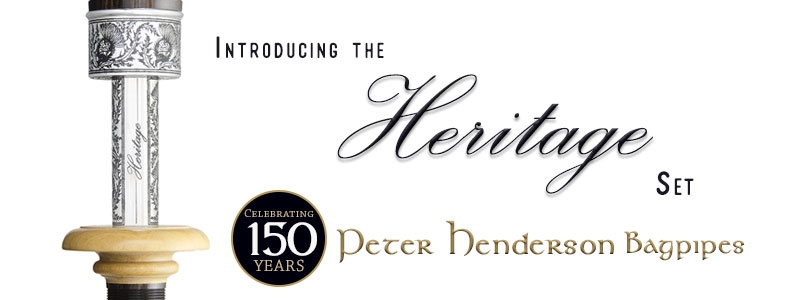

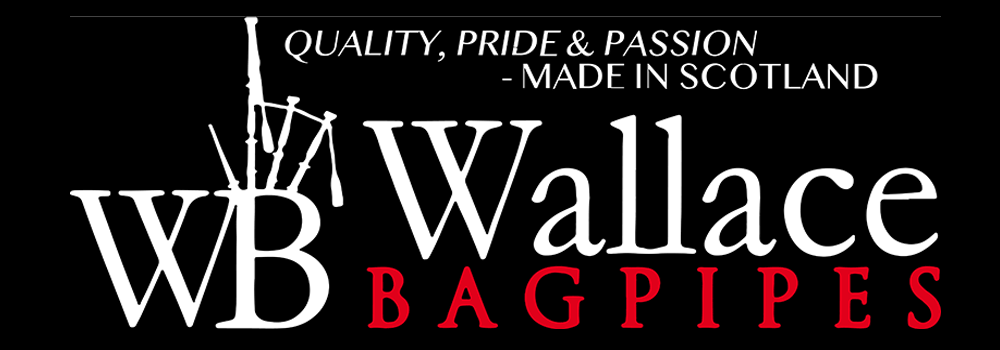




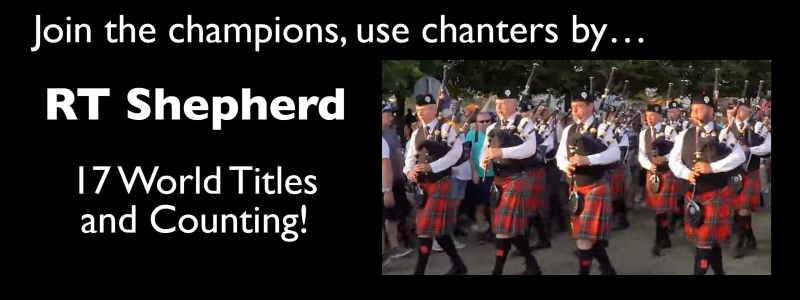






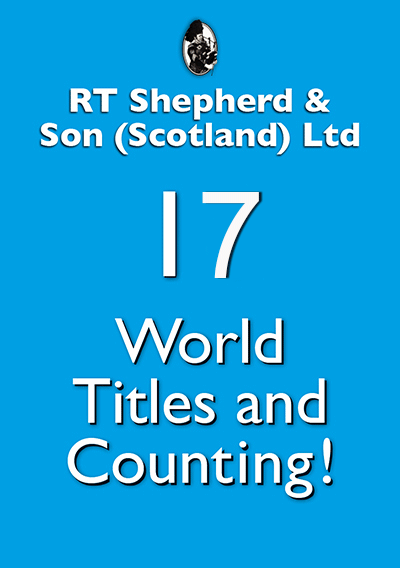
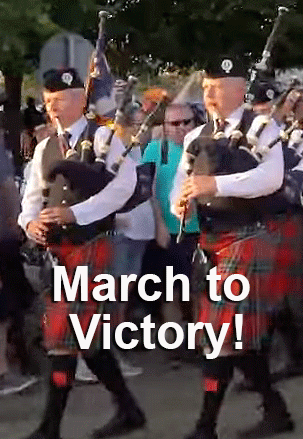







There is nothing else that compares to piobaireachd! This is definitely my favorite music.
I have a recording of our singing of the Wee Spree- I’ll send it along to Rob. I enjoyed the piobaireachd class greatly! Working on those dres and edres.
A recording of that singing would have been a fine thing to hear. Sounds like a poignant experience.
It was Janette; especially when you looked around the class and saw all different peoples united in this music.